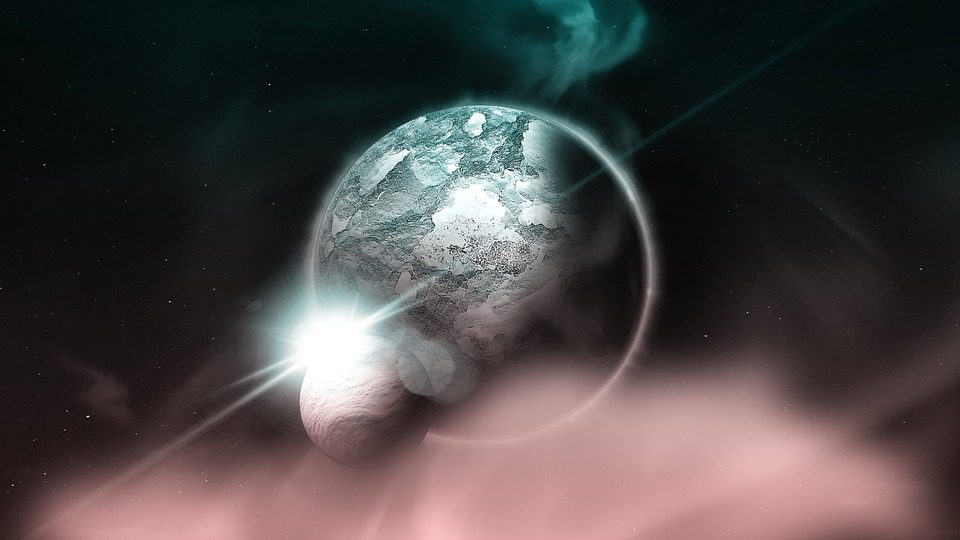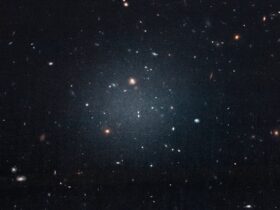In the vast expanse of the universe, where the extraordinary often becomes the norm, astronomers have stumbled upon a cosmic behemoth that defies expectations. Utilizing South Africa’s MeerKAT radio telescope, a team led by Kathleen Charlton from the University of Cape Town has identified a previously uncharted giant radio galaxy (GRG) within the COSMOS field. This discovery, detailed in a recent study, sheds light on the enigmatic nature of these colossal structures.
A Galactic Titan Emerges
The newfound GRG, designated MGTC J100022.85+031520.4, is anchored by the elliptical galaxy SDSS J100022.85+031520, situated approximately 1.4 billion light-years from Earth. Spanning an astonishing 4.2 million light-years, this galaxy dwarfs our Milky Way, which measures a mere 100,000 light-years across. To put it in perspective, if the Milky Way were the size of a standard basketball, MGTC J100022.85+031520.4 would stretch over 42 meters in diameter—a true cosmic giant.
The Role of MeerKAT in Unveiling the Giant
MeerKAT, renowned for its sensitivity and resolution, played a pivotal role in this discovery. Operating at frequencies around 1 GHz, it excels in detecting the faint radio emissions characteristic of GRGs. The research was conducted under the MeerKAT International GHz Tiered Extragalactic Exploration (MIGHTEE) survey, aiming to explore the universe’s radio frequency domain.
A Rare Cluster Resident
What sets MGTC J100022.85+031520.4 apart is its residence within the galaxy cluster WHL J100022.9+031521. As the brightest cluster galaxy (BCG), it belongs to the exclusive 4% of GRGs found in such dense environments. This challenges the prevailing notion that GRGs predominantly inhabit low-density regions, prompting a reevaluation of the environmental factors influencing their formation and evolution.
Unraveling the Mysteries of GRGs
Giant radio galaxies are characterized by their extensive jets and lobes of synchrotron-emitting plasma, often extending millions of light-years. These structures are not just visually impressive; they offer insights into the life cycles of galaxies and the dynamics of the intergalactic medium. The discovery of MGTC J100022.85+031520.4 provides a unique opportunity to study these phenomena in a cluster setting, where interactions with surrounding galaxies and intracluster gas can significantly influence their morphology and activity.
Implications for Future Research
The identification of MGTC J100022.85+031520.4 underscores the importance of advanced radio telescopes like MeerKAT in exploring the universe’s hidden giants. As we continue to peer deeper into the cosmos, each discovery not only answers existing questions but also poses new ones, driving the relentless pursuit of knowledge about the universe’s most colossal inhabitants.
In a universe where size often correlates with mystery, MGTC J100022.85+031520.4 stands as a testament to the boundless wonders awaiting discovery. As astronomers continue to map the cosmos, who knows what other galactic titans lie hidden, waiting to be unveiled?












Leave a Reply